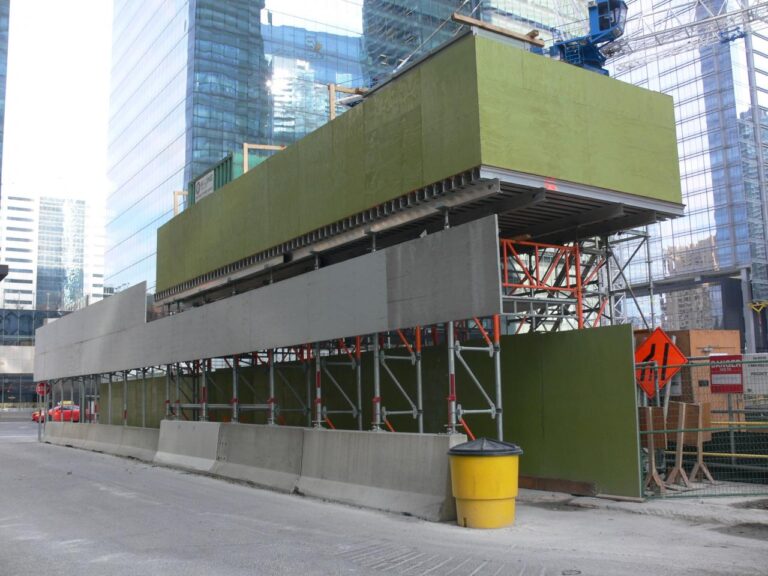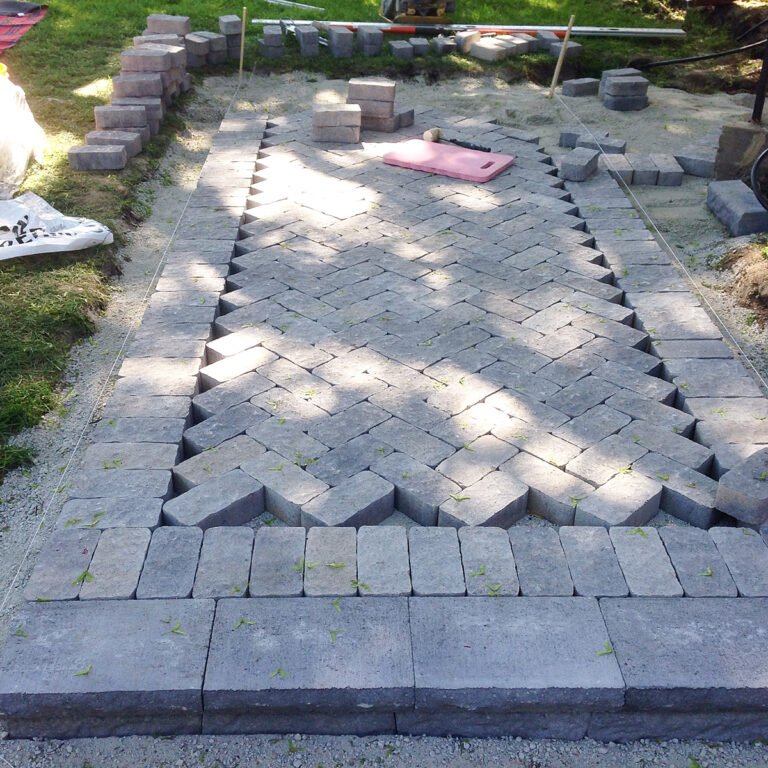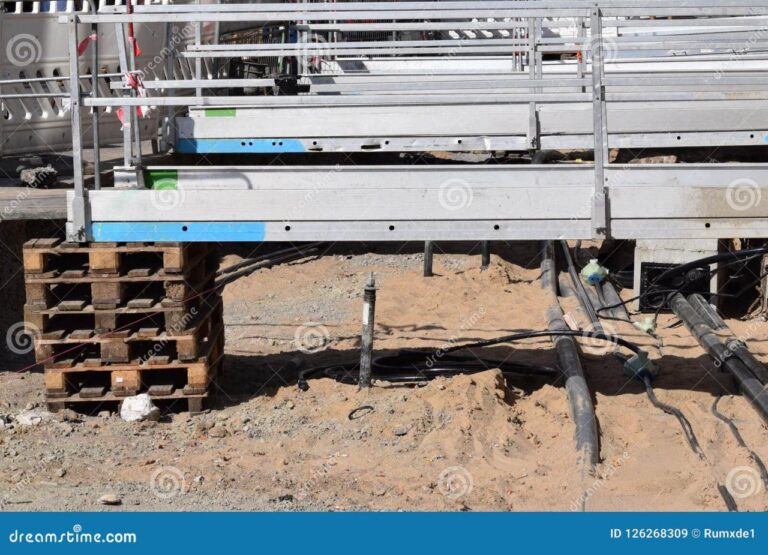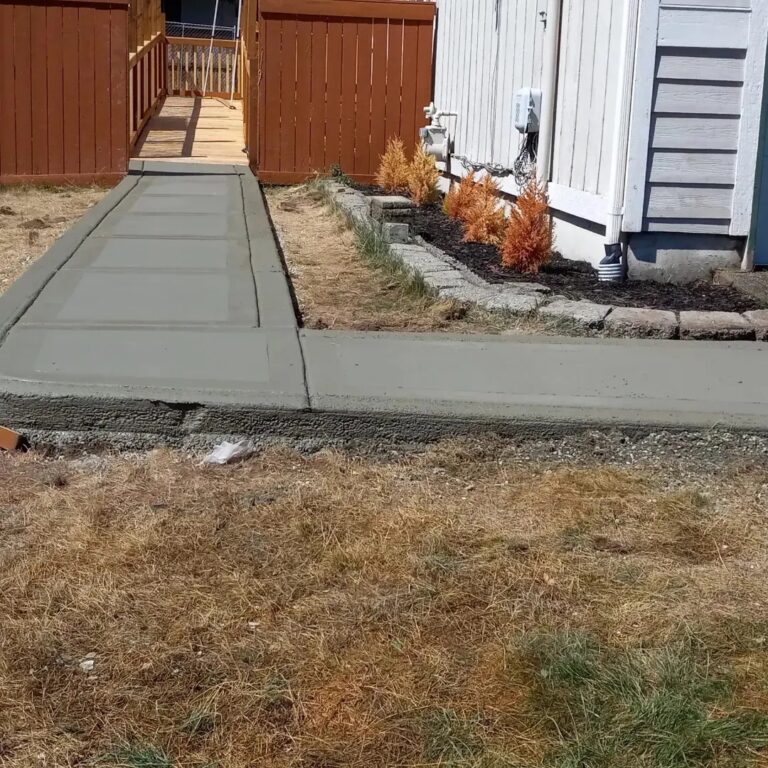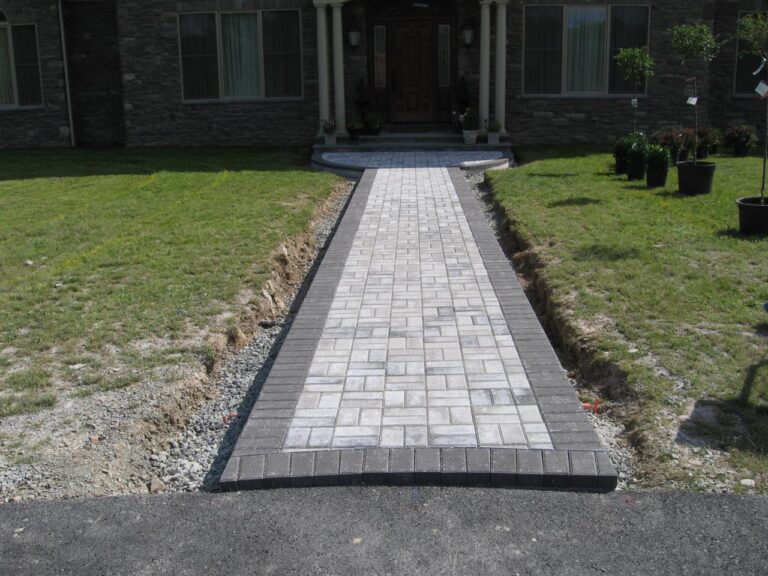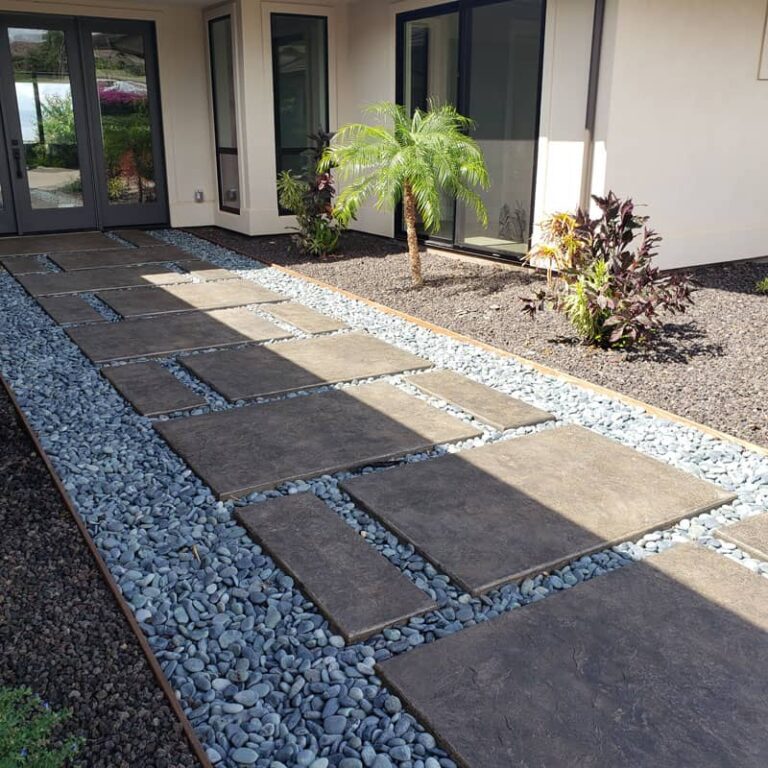Asphalt Walkway
Asphalt walkways offer a durable and cost-effective paving solution for various applications, from residential driveways to expansive park pathways. This comprehensive guide explores the multifaceted world of asphalt walkways, delving into material selection, design considerations, construction techniques, maintenance strategies, and aesthetic enhancements. We will examine different asphalt types, explore diverse design options tailored to specific settings, and provide practical advice for ensuring the longevity and beauty of your asphalt walkway. Understanding these aspects will empower you to make informed decisions, resulting in a functional and visually appealing walkway that stands the test of time.
From initial planning and material selection to the final touches of landscaping and lighting, we’ll cover every stage of the process. We’ll also address common issues and provide solutions for maintenance and repair, ensuring your asphalt walkway remains a valuable asset for years to come. This guide is designed to be both informative and practical, providing the knowledge you need to create a successful and enduring walkway project.
Asphalt Walkway Materials
Choosing the right asphalt materials is crucial for creating a durable and long-lasting walkway. The selection depends on factors like budget, anticipated traffic, and environmental considerations. This section details the various asphalt types, aggregates, and their respective impacts.
Types of Asphalt Used in Walkway Construction
Asphalt walkways typically utilize asphalt concrete, a mixture of asphalt binder and aggregates. Different types of asphalt binder exist, each offering varying properties. For example, polymer-modified asphalt binders enhance durability and resistance to cracking, while rubberized asphalt, incorporating recycled tires, provides improved flexibility and reduces the environmental impact of waste tire disposal. The choice of binder significantly influences the walkway’s performance.
Durability and Lifespan of Asphalt Mixes
The lifespan of an asphalt walkway is directly related to the quality of the asphalt mix and the construction methods employed. High-quality mixes containing durable aggregates and a robust binder can last for 15-20 years or more with proper maintenance. Polymer-modified asphalt mixes generally exhibit superior durability and extend the walkway’s lifespan compared to standard asphalt mixes. Regular maintenance, such as sealing, further enhances longevity.
Common Aggregates in Asphalt Walkway Construction
Aggregates, the granular material in asphalt concrete, contribute significantly to the walkway’s strength and durability. Common aggregates include crushed stone, gravel, and recycled materials. Crushed stone, known for its strength and angular shape, provides excellent interlocking within the asphalt mix. Gravel, offering good drainage properties, is often used in less heavily trafficked areas. Recycled materials like crushed concrete or glass contribute to sustainability while potentially offering cost savings.
- Crushed Stone: High strength, angular shape, excellent interlocking.
- Gravel: Good drainage, suitable for low-traffic areas.
- Recycled Concrete: Sustainable option, potentially cost-effective.
- Recycled Glass: Sustainable, can add aesthetic variation (color).
Environmental Impact of Asphalt Walkway Materials
The environmental impact of asphalt walkways is influenced by the materials used and their sourcing. The use of recycled materials like rubber and crushed concrete reduces the reliance on virgin materials and minimizes landfill waste. However, the production and transportation of asphalt binder and aggregates still have associated carbon emissions. Selecting locally sourced materials can lessen the transportation impact. Furthermore, permeable asphalt options can help manage stormwater runoff and reduce the heat island effect.
Asphalt Walkway Design and Construction
Designing and constructing an asphalt walkway involves careful planning and execution to ensure durability and aesthetics. This section covers design examples, construction steps, and best practices for drainage and crack prevention.
Asphalt Walkway Designs for Different Settings
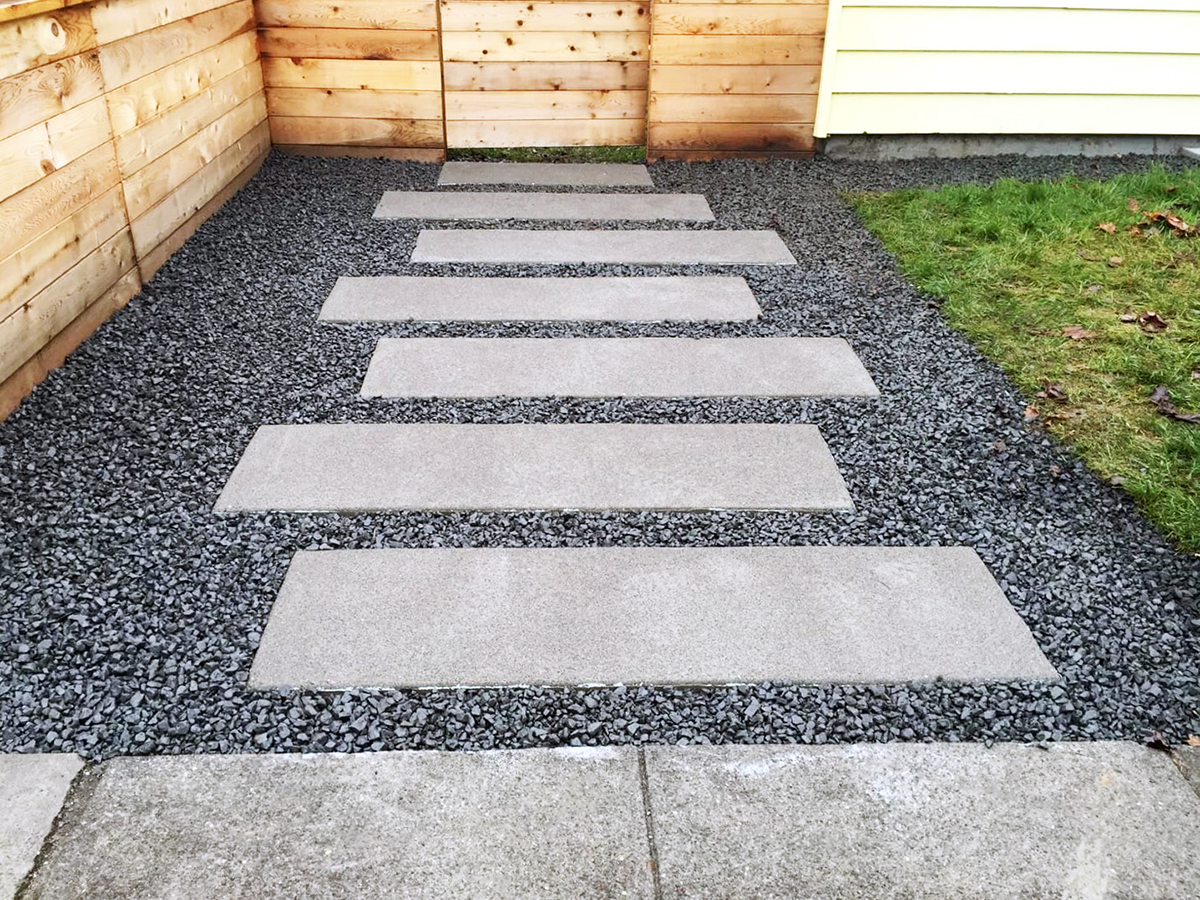
Source: vulcandc.com
The following table illustrates three different asphalt walkway designs suitable for various settings. These are estimates and actual costs will vary based on location and specific materials.
| Material | Width (ft) | Length (ft) | Estimated Cost ($) |
|---|---|---|---|
| Standard Asphalt, Crushed Stone Aggregate | 4 | 50 | 2000-3000 |
| Polymer-Modified Asphalt, Crushed Stone Aggregate | 6 | 100 | 8000-12000 |
| Permeable Asphalt, Recycled Aggregates | 3 | 25 | 1500-2500 |
Steps Involved in Asphalt Walkway Construction
- Site Preparation: Clearing, grading, and compacting the ground.
- Base Preparation: Laying a compacted base layer (e.g., gravel) for stability.
- Asphalt Placement: Spreading and compacting the asphalt mix in layers.
- Finishing: Shaping and smoothing the surface to the desired profile.
- Compaction: Using rollers to achieve optimal density and strength.
Best Practices for Drainage and Crack Prevention
Proper drainage is essential to prevent water damage and cracking. This involves ensuring a slight slope for water runoff and incorporating drainage structures where necessary. Crack prevention includes using high-quality asphalt mixes, proper compaction, and the use of expansion joints to accommodate thermal expansion and contraction.
Calculating Asphalt Quantity
The amount of asphalt needed is calculated by determining the walkway’s area and multiplying it by the desired thickness. For example, a walkway 4ft wide and 50ft long with a 4-inch thick asphalt layer would require approximately 6.67 cubic yards of asphalt. (Calculation: (4ft * 50ft * (4in/12in/ft)) / 27 cubic feet/cubic yard ≈ 6.67 cubic yards)
Asphalt Walkway Maintenance and Repair
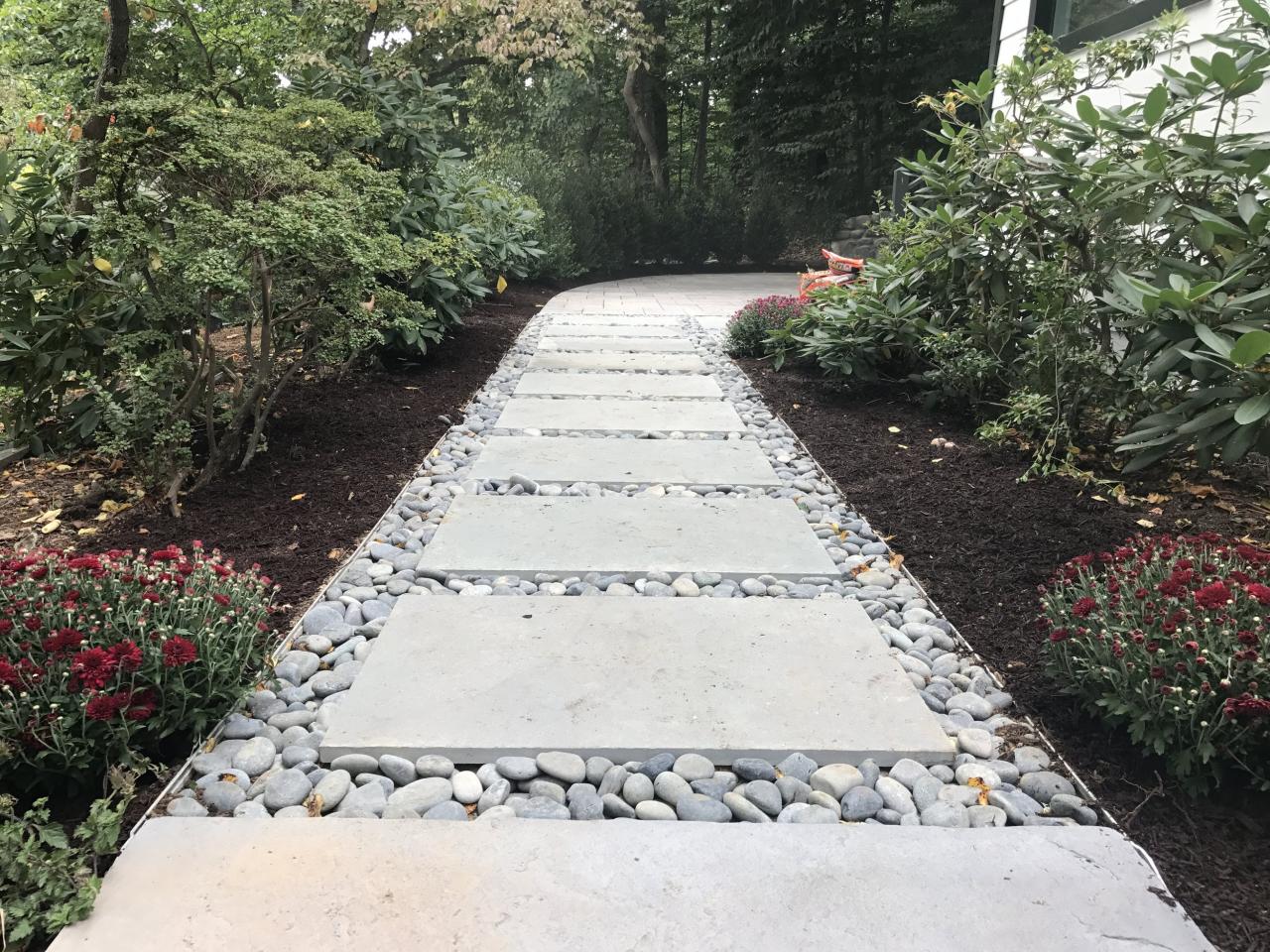
Source: Squarespace-cdn.com
Regular maintenance significantly extends the lifespan of an asphalt walkway. This section Identifies common problems, repair methods, and a maintenance schedule.
Common Problems in Asphalt Walkways
- Cracking: Caused by temperature changes, settling, or inadequate compaction.
- Potholes: Result from water damage and erosion.
- Weed Growth: Indicates gaps or cracks in the surface.
Repairing Minor Cracks and Potholes
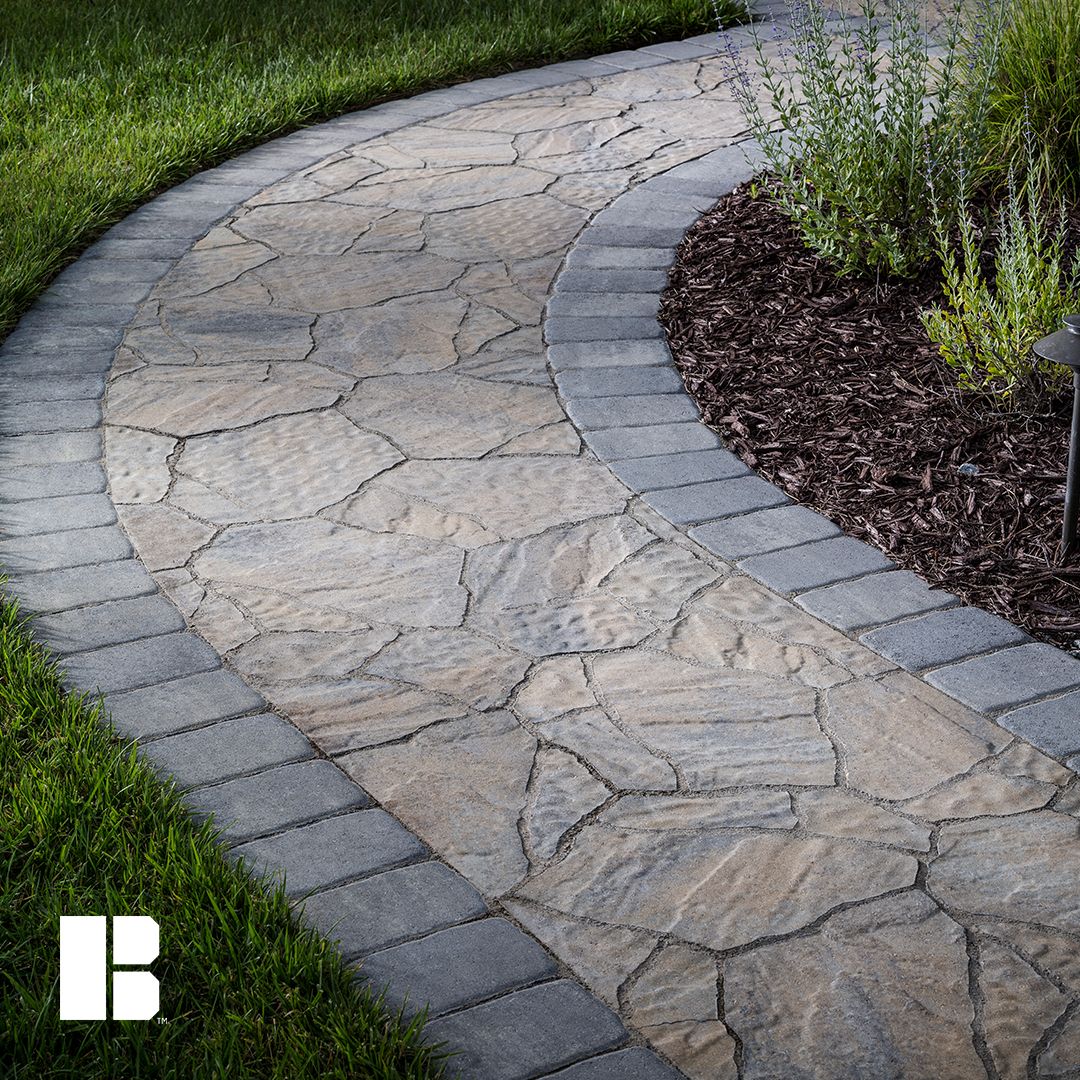
Source: pinimg.com
Minor cracks can be repaired using crack sealants. Potholes require excavation, base repair, and filling with asphalt patching material. Proper preparation and compaction are crucial for long-lasting repairs.
Sealing and Resurfacing
Sealing an asphalt walkway protects it from water damage and UV degradation. Resurfacing involves removing the top layer of worn asphalt and applying a new layer, restoring the walkway’s appearance and functionality. This is typically done every 5-7 years depending on usage and climate.
Asphalt Walkway Maintenance Schedule
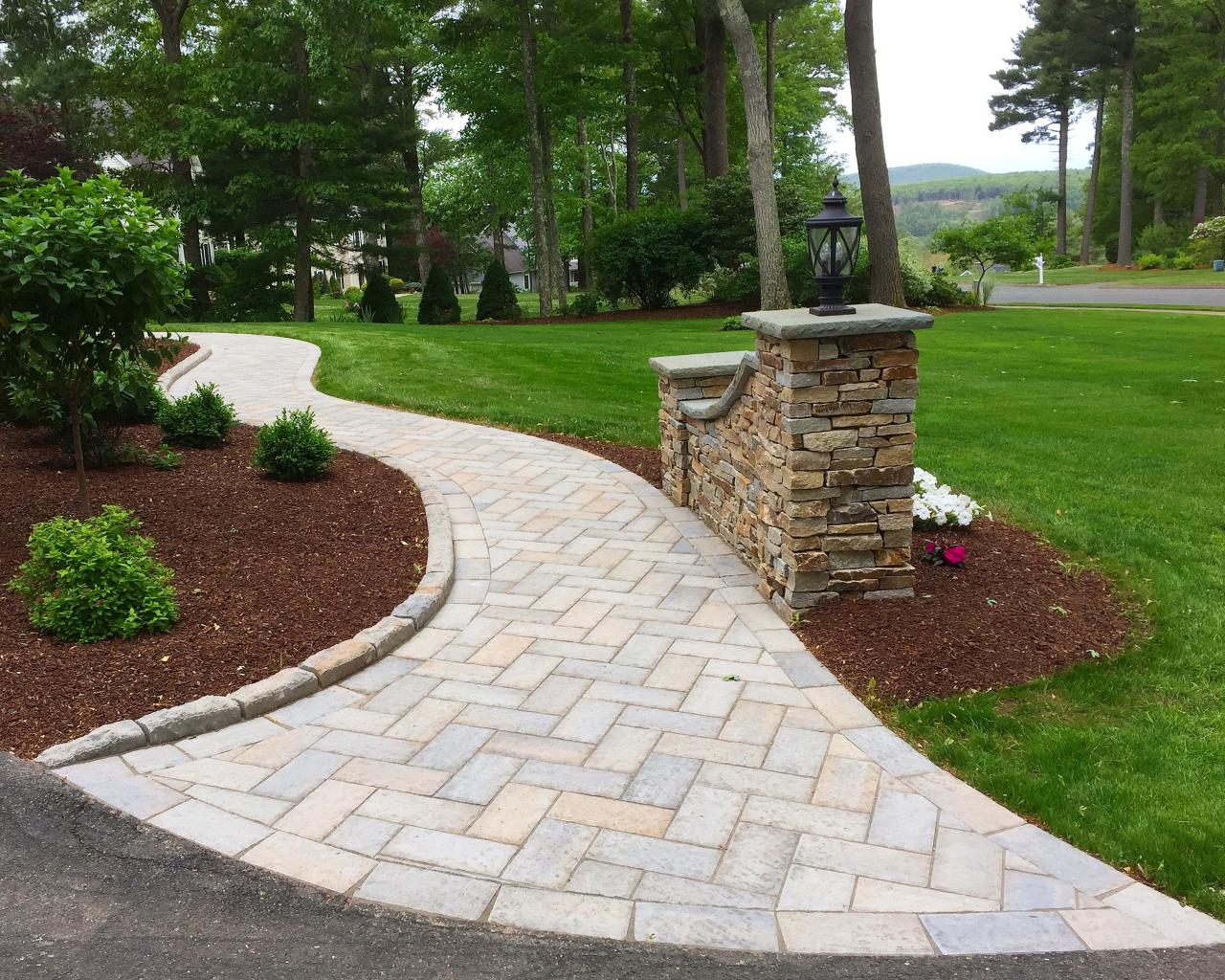
Source: pinimg.com
- Annual Inspection: Check for cracks, potholes, and weed growth.
- Every 2-3 Years: Minor crack sealing.
- Every 5-7 Years: Sealing and/or resurfacing.
Asphalt Walkway Aesthetics and Landscaping
The aesthetic appeal of an asphalt walkway can be significantly enhanced through landscaping and design choices. This section explores various visual styles and the role of lighting.
Landscaping to Complement Asphalt Walkways
Strategic planting can soften the hard lines of an asphalt walkway. Low-growing shrubs and groundcovers can create a visually appealing border. Taller plants can be used strategically to frame the walkway or create focal points. Consider plant colors and textures to complement the walkway’s color and material.
Visual Styles for Asphalt Walkways
| Style | Color | Texture | Bordering Elements |
|---|---|---|---|
| Modern | Dark gray or black | Smooth | Clean lines, minimalist landscaping |
| Rustic | Warm brown or reddish tones | Slightly textured | Natural stone borders, gravel, wildflowers |
| Traditional | Medium gray | Smooth or slightly textured | Neatly trimmed hedges, manicured lawn |
Use of Color and Texture in Asphalt Walkways
Different colors and textures can create visual interest and enhance curb appeal. For example, adding colored aggregate to the asphalt mix can create a unique pattern or design. Textured surfaces can add visual interest and improve traction.
Incorporating Lighting
Lighting improves safety and aesthetics at night. Path lighting, strategically placed along the walkway, enhances visibility and creates a welcoming ambiance. Consider using energy-efficient LED lighting to minimize environmental impact.
Cost Considerations for Asphalt Walkways
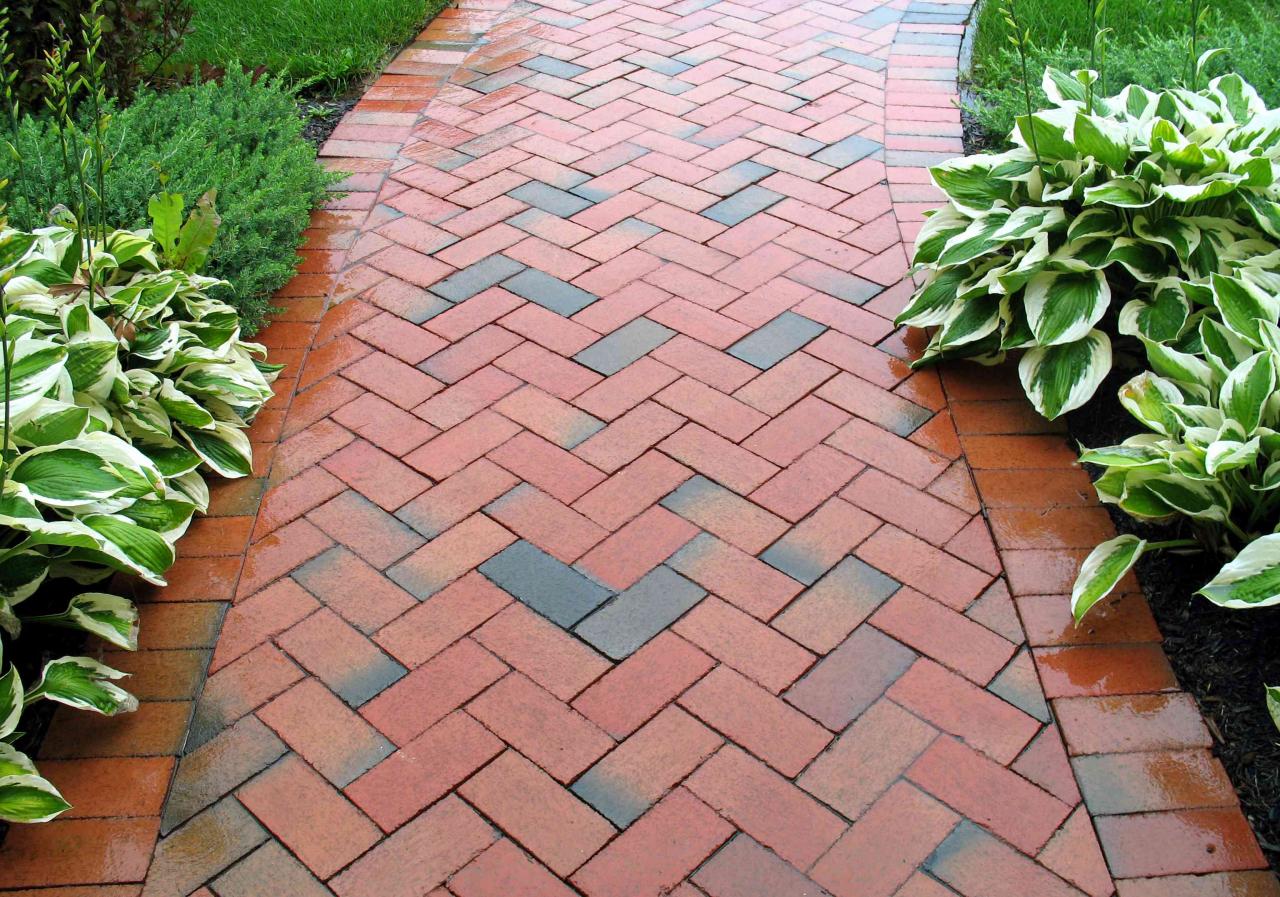
Source: thespruce.com
The cost of an asphalt walkway varies based on several factors. This section provides a cost breakdown and compares asphalt to other paving options.
Cost Breakdown of Asphalt Walkways
The following table provides an estimated cost breakdown. Actual costs can vary significantly based on location, materials, labor rates, and project complexity.
| Item | Material Cost ($) | Labor Cost ($) | Total Cost ($) |
|---|---|---|---|
| Site Preparation | 100-500 | 500-1500 | 600-2000 |
| Base Material | 500-1500 | 500-1000 | 1000-2500 |
| Asphalt | 1000-5000 | 1000-3000 | 2000-8000 |
| Finishing and Compaction | 50-200 | 500-1000 | 550-1200 |
Comparison to Other Paving Options
Asphalt is generally a more cost-effective option compared to concrete or pavers, particularly for larger areas. However, concrete and pavers may offer longer lifespans with less maintenance in certain applications.
Factors Influencing Asphalt Walkway Cost
- Size and complexity of the walkway.
- Type of asphalt and aggregates used.
- Labor rates in the region.
- Site preparation requirements.
Strategies for Minimizing Cost
Using recycled materials, optimizing the walkway design to minimize material usage, and performing some tasks yourself (if you have the skills) can help reduce costs. Obtaining multiple quotes from contractors allows for comparison and selection of the most competitive pricing.
FAQ Overview
What is the average lifespan of an asphalt walkway?
The lifespan of an asphalt walkway varies depending on factors like the quality of materials, climate, and maintenance. With proper care, it can last 15-20 years or more.
Can I install an asphalt walkway myself?
While possible for smaller projects, professional installation is generally recommended for larger walkways to ensure proper compaction and longevity. Improper installation can lead to cracking and other issues.
How often should I seal my asphalt walkway?
Sealing is recommended every 2-3 years to protect the asphalt from water damage and UV degradation. The specific frequency depends on climate and usage.
What are the best plants for landscaping around an asphalt walkway?
Drought-tolerant plants are ideal as they require less watering, minimizing the risk of water damage to the asphalt. Consider plants with shallow root systems to avoid lifting or cracking.
How much does it cost to repair a pothole in an asphalt walkway?
The cost of pothole repair depends on the size and severity of the damage. Minor repairs can be relatively inexpensive, while larger repairs may require professional assistance and incur higher costs.
